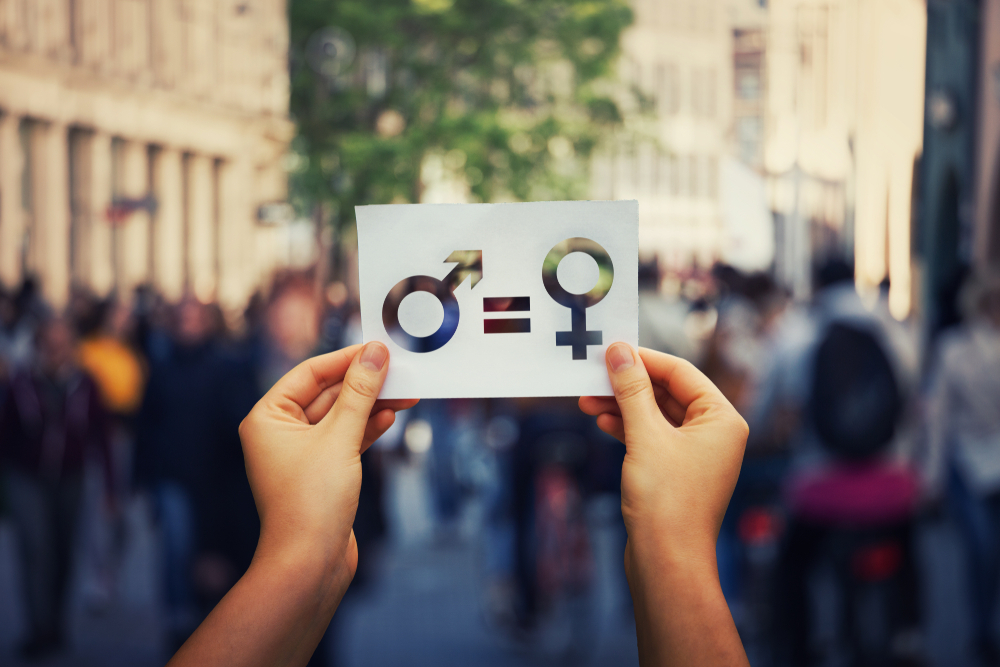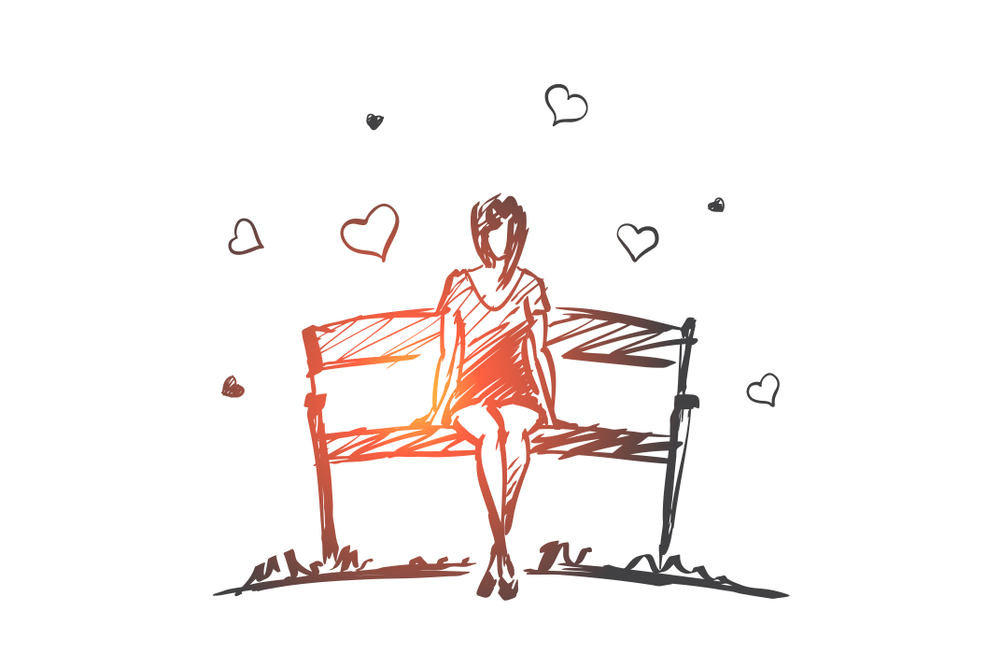The Gender Pain Gap and Stereotypes
If two people with the same injuries complain of the same pain level to a physician, it seems safe to assume that the physician would prescribe them a comparable level of pain treatment. However, there is growing evidence that this is not the case if the patients are a man and a woman. Studies1 show that most people, including health professionals, don't take women's pain as seriously as men's. Stereotypes that portray women as overly expressive and men as stoic and brave are the basis for this. However, this is less talked about than the gender pay gap. But, you need to know that there is a pervasive gender pain gap.
Observations from different Studies on Gender Pain Gap
In a study, 50 participants were shown videos of patients with shoulder injuries doing different exercises using the affected arm. The participants were then asked to rank the pain intensity each patient was experiencing from 1 (no pain) to 100 (absolute worst pain). This estimate was compared with the patient's self-reported pain level when moving their shoulder and objective measurement of their discomfort based on their facial expression.
When a man and a woman displayed and reported an equal intensity of pain, the woman was perceived to be in less pain. The participants also reported psychotherapy to be more effective than medication for a higher proportion of female patients and that more male patients would benefit from pain medications. The same study also found that pain assessment bias can be predicted by a person's belief in stereotypes like women are more willing to express pain, or men are more tolerant, so if they complain of pain, it must be accurate. The same experiment2 was repeated with 200 participants, and the results remained uniform.
These biases were held even when the subjects were children. In one basic study, 183 adults rated the pain of a child having blood drawn after watching a video of the event. Half of them were told that the child's name was 'Samuel,' and the other half was told that it was 'Samantha.' The participants indicated that they believed that the male child was going through more pain than the female. They also revealed that they think 'girls are more sensitive and reactive than boys.'
This gap exists in emergency rooms, and women have to wait an average of 16 minutes more than men to receive pain treatment. Women are also 50% less likely to be given pain medication after coronary bypass surgery.
The problem is heightened in the case of gynecologic pain. Menstrual pain is generally accepted as a part of womanhood by many. Due to this, women and adolescents don't seek medical help even with severe symptoms. Dysmenorrhea, menstrual pain without an underlying gynecological problem, is the top cause of absenteeism from school activities in adolescents. This normalization of menstrual pain is also observed in clinicians and women with actual gynecological problems like endometriosis (a painful condition that occurs when the innermost lining of the uterus grows outside the uterus) can go for years without getting a diagnosis.
When women complain of pain, it can usually be attributed to psychological issues rather than medical causes. This problem goes back centuries. Doctors in the 18th century used the term 'hysteralgia' to describe unexplained uterine pain in women, which they believed was associated with hysteria. While both hysteria and hysteralgia have been removed from the vocabulary of modern medicine, the underlying stereotypes persist. In her book Ask Me About My Uterus, Abby Norman writes about her problems trying to convey her pain to clinicians while dealing with undiagnosed endometritis. A doctor even told her that her pain was due to childhood sexual abuse, even though she was sure that never happened.
Women get delays in diagnosis and receive less treatment because of the gender pain gap. The medical community must acknowledge the issue and develop steps to close this gap. Considering how long-standing these stereotypes have been, women should also take charge and be more upfront and persistent when asking for medical help. As a society, we should change the misguided normalization of menstrual pain. Although mild discomfort may be okay, severe menstrual pain is not normal. If you miss work or class during your period or if you have to skip social engagements because of it, it may be time to visit a gynecologist.
Written by: Selam Temesgen MD






Comments (0)